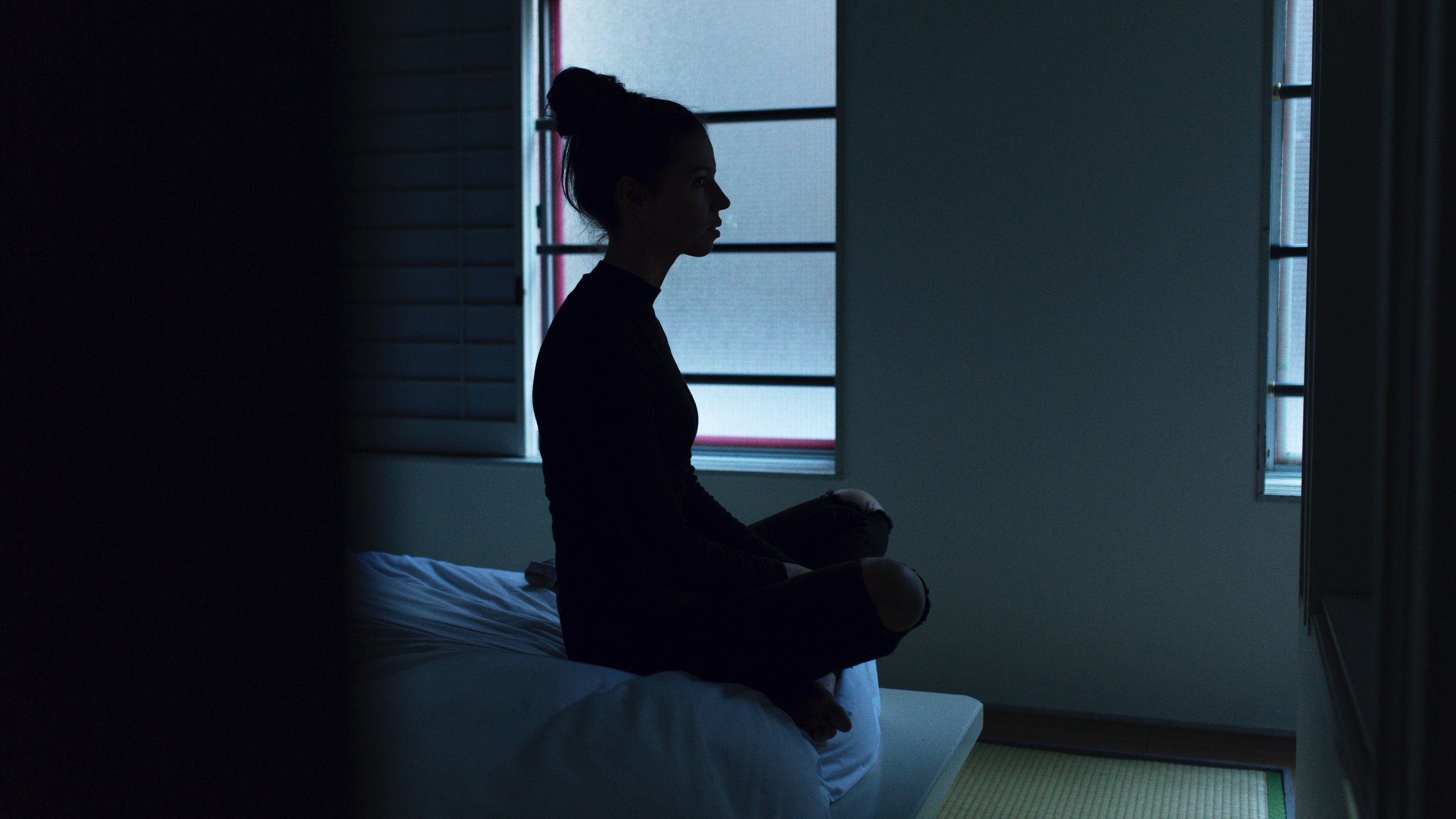*This post was originally published on The Practice of Being Seen blog.
Healing begins when you’re seen. Healing deepens when you see yourself.
Throughout most of my life, anxiety has been a constant companion. As a young child, anxiety was part of my emotional landscape, and it also inflected my physical world. I needed to feel that my body was safe and secure. I’d get my mom to tie the ribbons at the waist of my dresses so tightly that I could feel them cutting into my skin. I couldn’t fall asleep at night unless the covers were tucked so tightly that I felt the pressure of the blankets pushing me into the bed.
As a teenager I often disconnected from my difficult feelings. I wasn’t fully present and it was as if I was in a fog. At other times, it was as if all the wires in my system fired at the same time. When I was stressed and anxious I became hyper aware of my clothes touching my skin. Irritable and angry much of the time, I struggled with depression. All of this confused me. I wasn’t making the connection between the physical sensory discomfort and my emotional discomfort.
I felt like I didn’t fit in. I believed that there was something wrong deep within me and that I was the problem. When I’d try to “fix” that, I’d mold myself to other people’s needs and agree to things I wasn’t sure I wanted. My body would try to get my attention: a heavy tightness would press down on my chest. To this day, that pressure continues to remind me when I’m holding back and not speaking up for my wants and needs.
Surviving Abuse
It’s not easy for me to open up and it takes a lot for me to let down my guard - to be vulnerable, to trust, to be me. So much of that comes back to my childhood. The physical and emotional symptoms that I described didn’t just crop up one day. When we were very young, my sister and I were abused by a powerful man in my family. The abuse was allowed to continue even after my sister and I came forward and told my parents and they consulted with the other adults in the family. It took a huge leap of faith to tell our story, but the adults we relied upon rationalized the abuse. My sister and I were told to figure it out on our own.
We were 4 and 6 years old.
I can picture my younger self in a starchy, smocked calico printed dress. Chubby legs, a smile on my face, wanting to be loved, cared for... I just wanted to be seen, heard, and protected. Instead the message I received was, “Don’t make a fuss! Please, go figure out how to protect yourself.” As we grew older the abuse stopped, but the emotional scars are still present and they show themselves when I’m feeling most vulnerable.
Seeing the Unseen and Hearing the Unheard
I know what it means to feel like no one sees you and no one hears you. I know the fear of showing my real self. And this is why I became a therapist, because I care so deeply about those who feel unseen and unheard.
As a therapist, I hold sacred space as I see my clients in their most vulnerable moments. I work with women who have trouble showing up as who they really are. They feel inauthentic in their lives and they struggle with anxiety and depression. As we work together, they experience what it’s like when their voices, their needs, their wants, and their pain are finally seen and heard.
Truly Seeing Myself
My own deep dive into therapy has helped me understand my shame and self-blame. It’s helped me to re-integrate the parts of me that I pushed away. I’m able to feel the power of those voices inside me that long to be heard. I’m able to acknowledge the parts of myself that need to have their stories told, shared, and embraced with compassion. I’ve begun the process of listening, loving, trusting, and seeing all of me.
I’m not sure I’ll ever rid myself of the need to protect myself, or the worry that I’ll show myself and there won’t be anyone to see me, but I’ve learned that I can be there for me. I am the one who will be able to see me, to hear me, to support me, and love me.
The abuse I experienced used to feel like a liability, but now I see it as my strength. I am a better therapist because of my story and I appreciate how it’s shaped me both personally and professionally. My clients feel that I truly understand their pain and trust that I can see their true selves in ways that might be hidden from them. I receive their stories with empathy and I support them with encouragement and compassion. As they reach out, as they explore their experiences and move forward on their journey, I continue to grow and heal right there beside them.
**You can hear me read this story aloud on the Woman Worriers podcast, episode 40.
Elizabeth Cush, LCPC is a therapist, blogger, creator and host of the Woman Worriers podcast, and the owner of Progression Counseling in Annapolis, Md and she’s been featured in these major publications. Elizabeth helps busy, overwhelmed men and women manage their anxiety and stress so they can live their lives with more ease, contentment and purpose. If you'd like to know more about how individual, online and group therapy can help ease anxiety and stress call me 410-339-1979.
You can follow me and the Woman Worriers podcast on these social media platforms — Facebook, Instagram, Twitter, Facebook and Twitter


























